Growth in Healthcare Applications
The healthcare sector is increasingly adopting silicone rubber due to its biocompatibility and resistance to chemicals. Silicone rubber is utilized in medical devices, implants, and various healthcare applications, which require materials that are safe for human contact. The silicone rubber market is expected to expand significantly, with a projected growth rate of around 6% over the next few years. This growth is attributed to the rising demand for advanced medical technologies and the need for high-performance materials in healthcare. As the industry continues to innovate, silicone rubber's unique properties make it an essential material for ensuring the safety and efficacy of medical products, thereby solidifying its position within the silicone rubber market.
Expansion in Construction Industry
The construction industry is experiencing a significant expansion, leading to an increased demand for silicone rubber in various applications such as sealants, adhesives, and coatings. Silicone rubber's properties, including weather resistance and flexibility, make it an ideal choice for construction materials. The silicone rubber market is anticipated to grow at a rate of around 5% in the coming years, driven by the ongoing infrastructure development and renovation projects. As builders and contractors seek materials that can withstand harsh environmental conditions, silicone rubber emerges as a preferred option. This trend indicates a promising outlook for the silicone rubber market, as construction activities continue to rise.
Rising Demand in Automotive Sector
The automotive sector is experiencing a notable increase in the demand for silicone rubber, primarily due to its superior properties such as heat resistance, flexibility, and durability. Silicone rubber is extensively utilized in various automotive applications, including seals, gaskets, and hoses. The silicone rubber market is projected to witness a growth rate of approximately 5% annually, driven by the ongoing advancements in vehicle technology and the increasing production of electric vehicles. As manufacturers seek materials that can withstand extreme temperatures and provide long-lasting performance, silicone rubber emerges as a preferred choice. This trend indicates a robust future for the silicone rubber market, as automotive manufacturers continue to prioritize quality and reliability in their components.
Increasing Use in Consumer Electronics
The consumer electronics sector is witnessing a surge in the utilization of silicone rubber, primarily due to its excellent insulating properties and durability. Silicone rubber is commonly used in the production of key components such as keypads, seals, and protective casings. The silicone rubber market is projected to grow at a rate of approximately 4% annually, driven by the increasing demand for high-quality electronic devices. As manufacturers strive to enhance the performance and longevity of their products, silicone rubber offers a viable solution. This trend suggests that the silicone rubber market will continue to thrive as consumer electronics evolve and demand for innovative materials rises.
Sustainability and Eco-Friendly Initiatives
The growing emphasis on sustainability and eco-friendly practices is influencing the silicone rubber market. Manufacturers are increasingly focusing on producing silicone rubber products that are recyclable and environmentally friendly. This shift is driven by consumer preferences for sustainable materials and the regulatory push for greener alternatives. The silicone rubber market is likely to see a growth rate of approximately 5% as companies invest in sustainable production methods. This trend not only aligns with global sustainability goals but also enhances the marketability of silicone rubber products. As the industry adapts to these changes, the demand for eco-friendly silicone rubber solutions is expected to rise, further solidifying its role in the silicone rubber market.


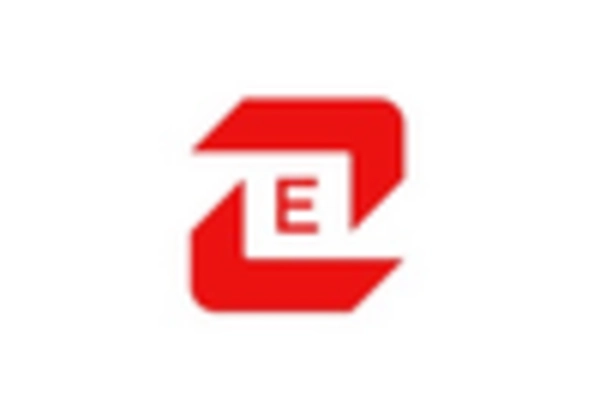
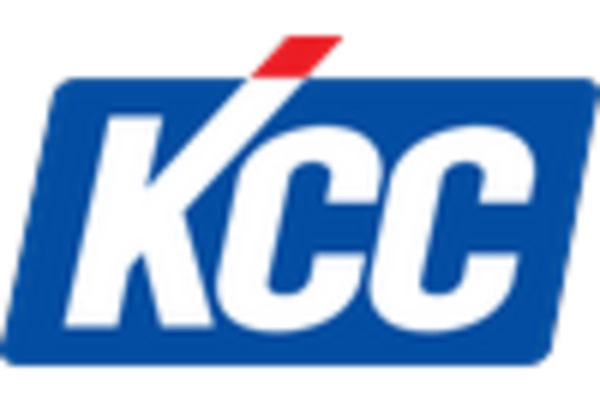
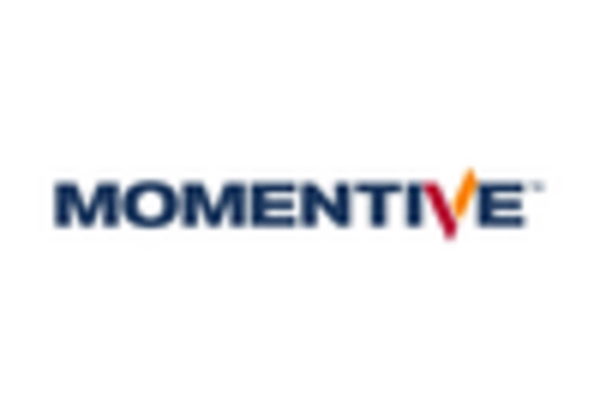
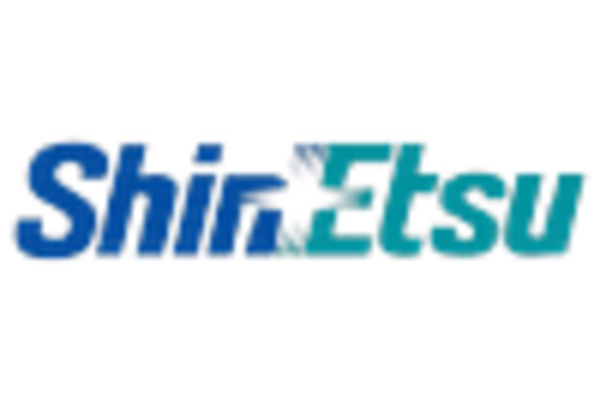
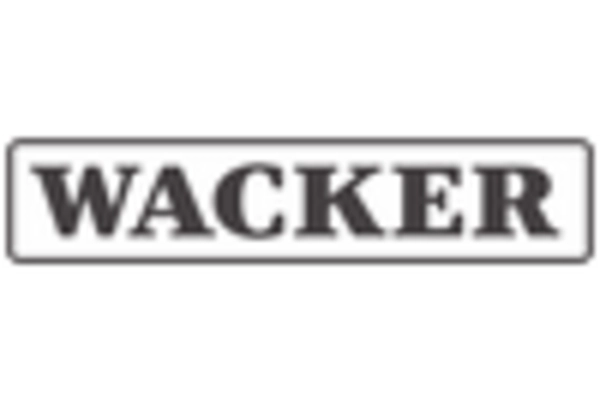








Leave a Comment